Mehmet Emin Basbug
AdaCluster : Adaptive Clustering for Heterogeneous Data
Jan 06, 2017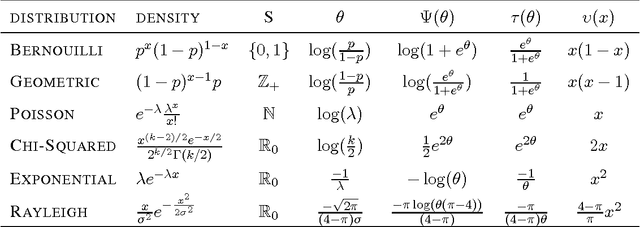
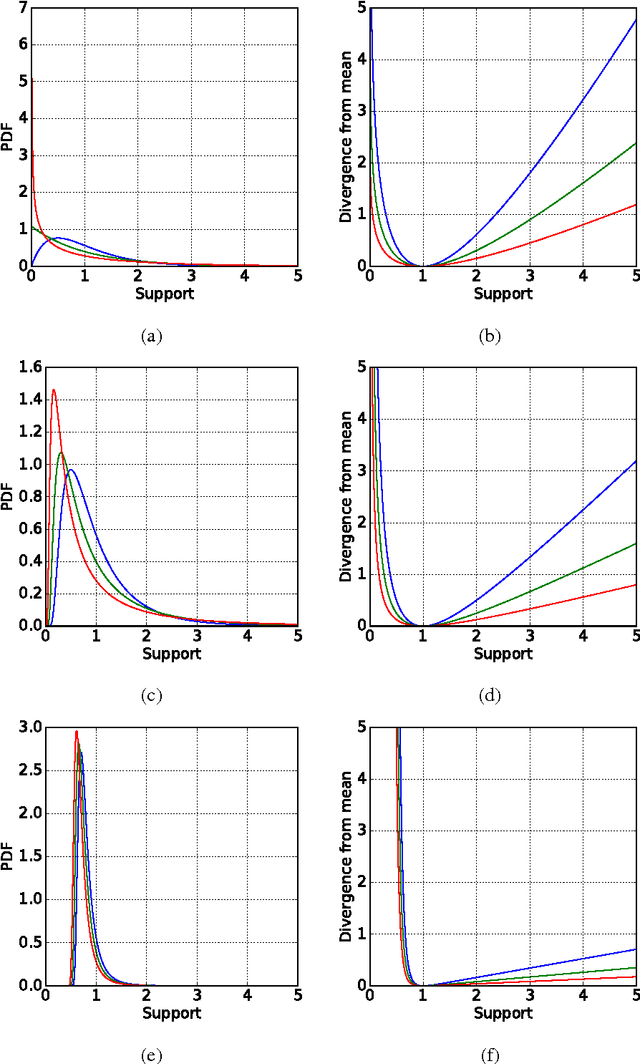

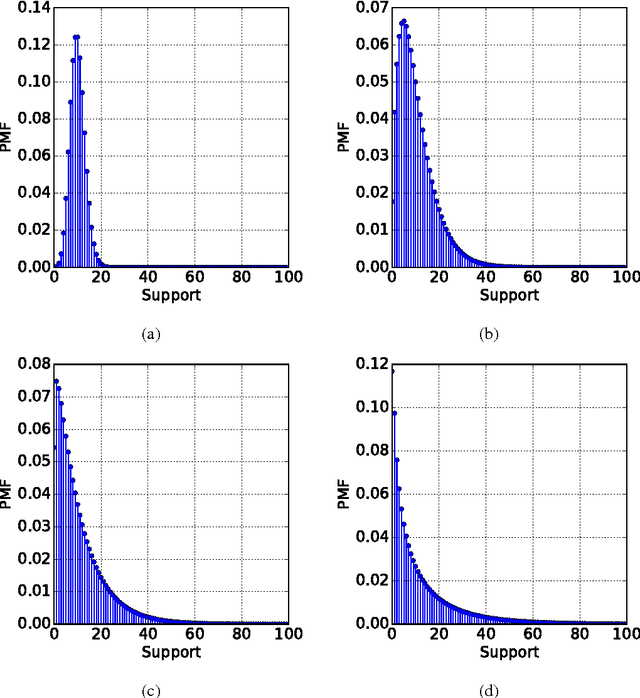
Abstract:Clustering algorithms start with a fixed divergence, which captures the possibly asymmetric distance between a sample and a centroid. In the mixture model setting, the sample distribution plays the same role. When all attributes have the same topology and dispersion, the data are said to be homogeneous. If the prior knowledge of the distribution is inaccurate or the set of plausible distributions is large, an adaptive approach is essential. The motivation is more compelling for heterogeneous data, where the dispersion or the topology differs among attributes. We propose an adaptive approach to clustering using classes of parametrized Bregman divergences. We first show that the density of a steep exponential dispersion model (EDM) can be represented with a Bregman divergence. We then propose AdaCluster, an expectation-maximization (EM) algorithm to cluster heterogeneous data using classes of steep EDMs. We compare AdaCluster with EM for a Gaussian mixture model on synthetic data and nine UCI data sets. We also propose an adaptive hard clustering algorithm based on Generalized Method of Moments. We compare the hard clustering algorithm with k-means on the UCI data sets. We empirically verified that adaptively learning the underlying topology yields better clustering of heterogeneous data.
Accelerometer based Activity Classification with Variational Inference on Sticky HDP-SLDS
Oct 19, 2015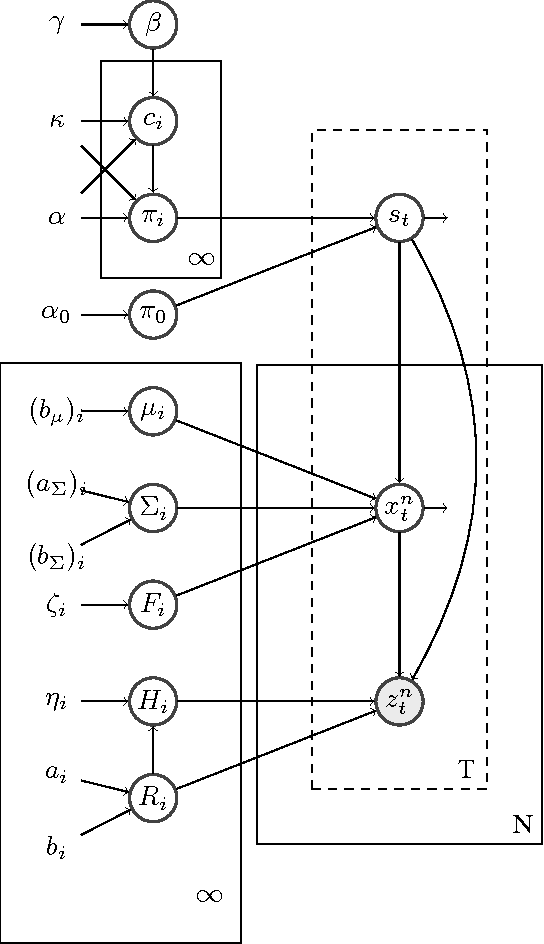
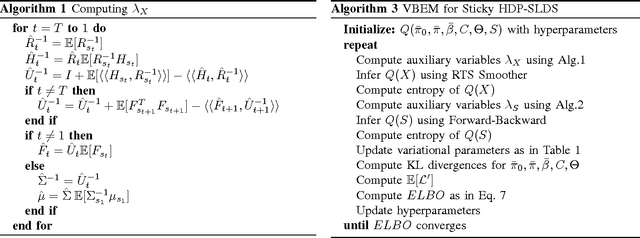
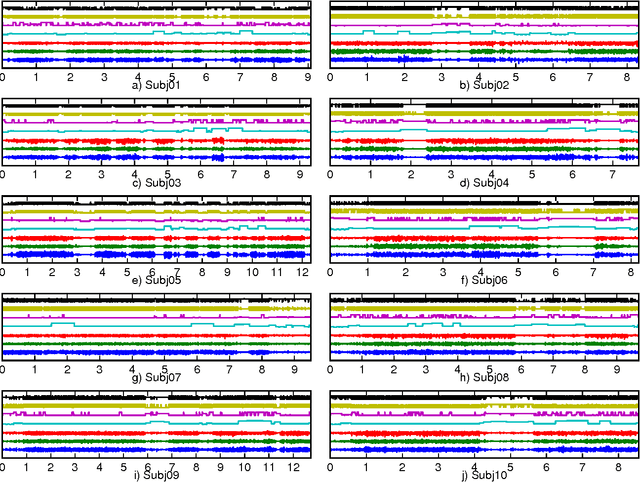
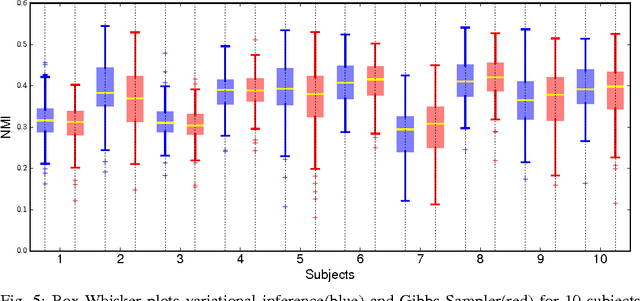
Abstract:As part of daily monitoring of human activities, wearable sensors and devices are becoming increasingly popular sources of data. With the advent of smartphones equipped with acceloremeter, gyroscope and camera; it is now possible to develop activity classification platforms everyone can use conveniently. In this paper, we propose a fast inference method for an unsupervised non-parametric time series model namely variational inference for sticky HDP-SLDS(Hierarchical Dirichlet Process Switching Linear Dynamical System). We show that the proposed algorithm can differentiate various indoor activities such as sitting, walking, turning, going up/down the stairs and taking the elevator using only the acceloremeter of an Android smartphone Samsung Galaxy S4. We used the front camera of the smartphone to annotate activity types precisely. We compared the proposed method with Hidden Markov Models with Gaussian emission probabilities on a dataset of 10 subjects. We showed that the efficacy of the stickiness property. We further compared the variational inference to the Gibbs sampler on the same model and show that variational inference is faster in one order of magnitude.
 Add to Chrome
Add to Chrome Add to Firefox
Add to Firefox Add to Edge
Add to Edge